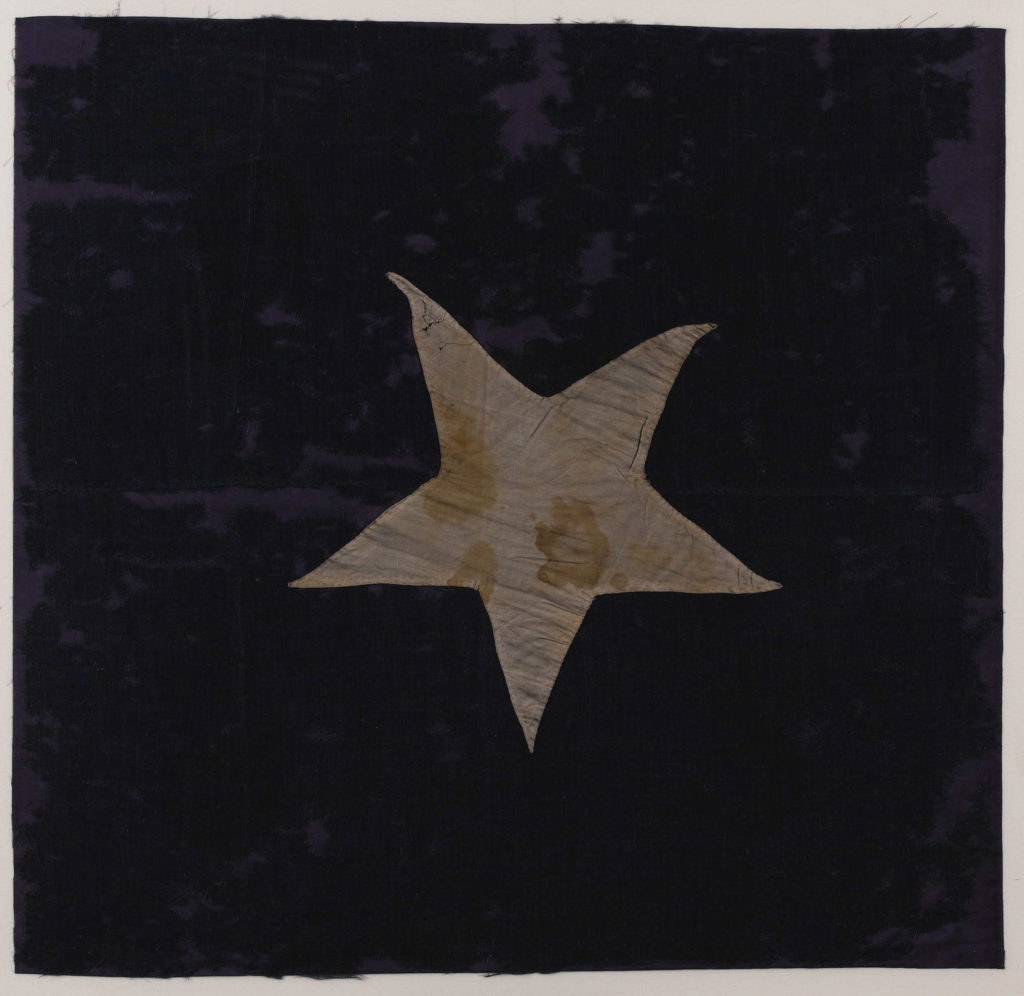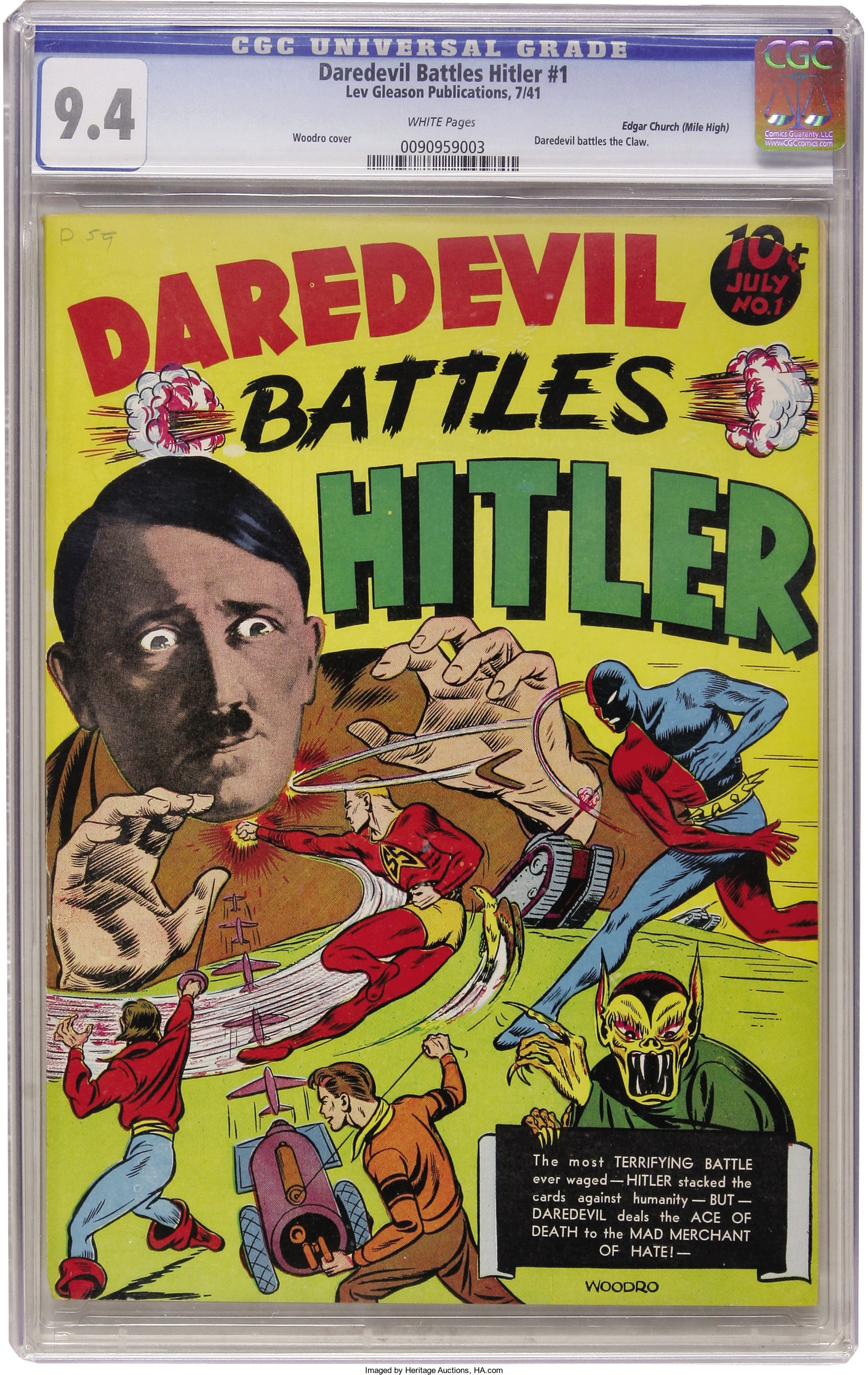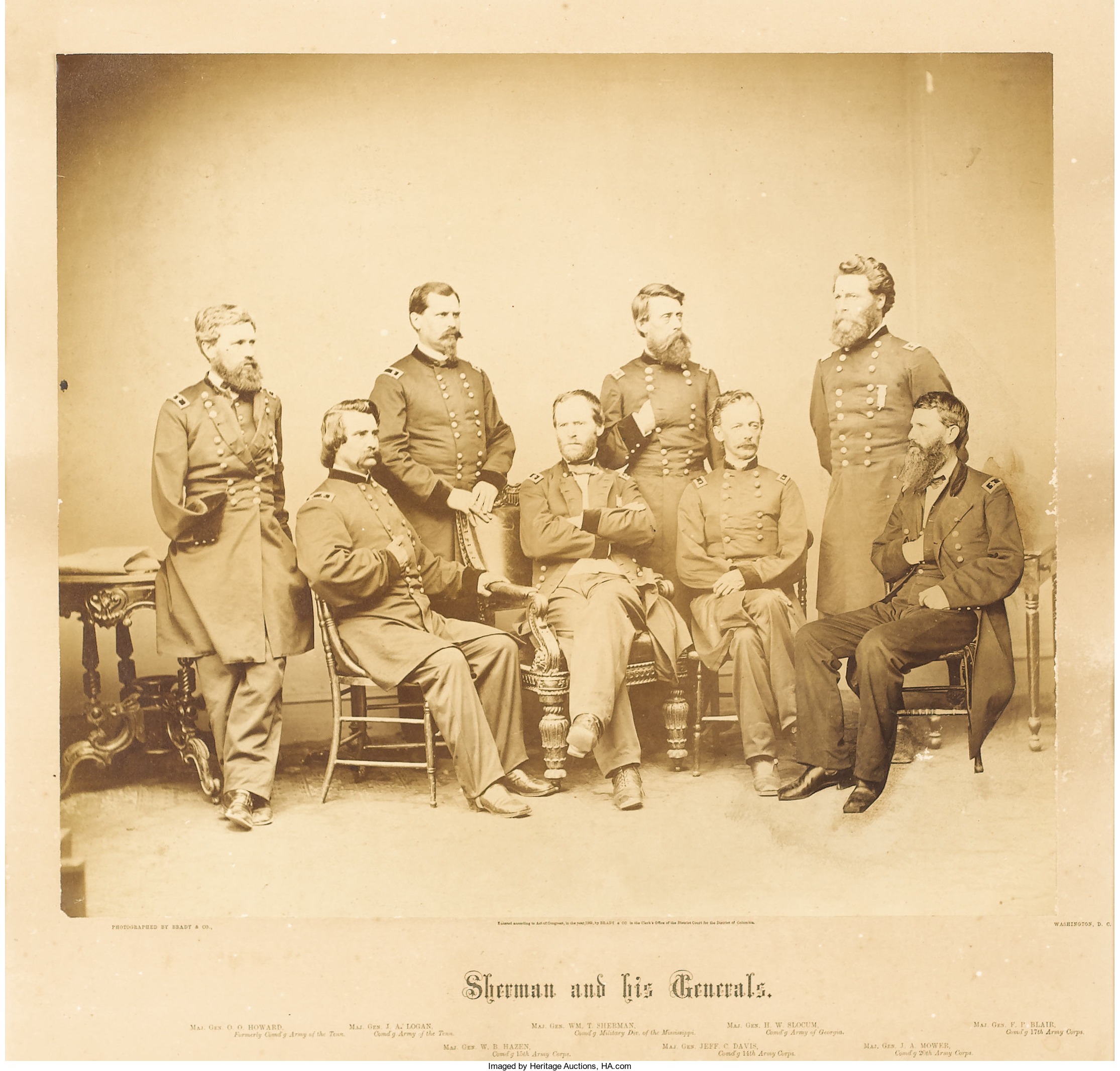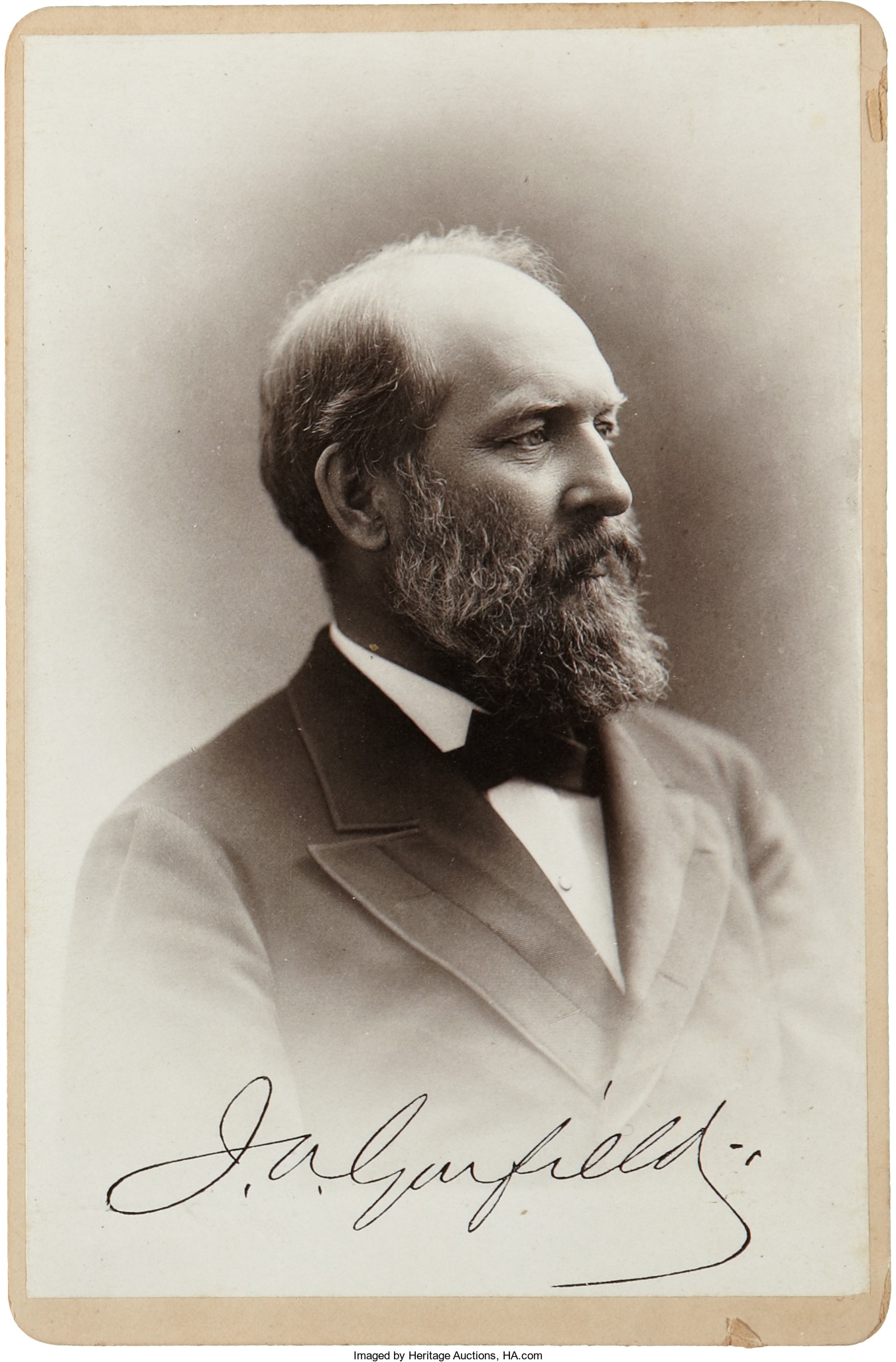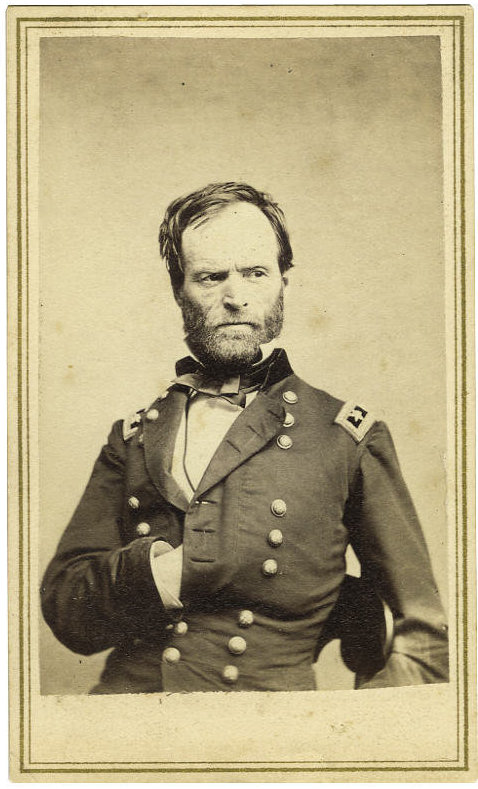
By Jim O’Neal
After Confederate General Robert E. Lee surrendered to General Ulysses S. Grant, the issue of the remaining Confederate armies was now only a question of time. However, the next anticipated surrender of General Joe Johnston and his army of 22,000 soldiers did not go smoothly.
On April 14, General William Tecumseh Sherman received a surprise communique from Johnston asking for a meeting to discuss terms for “exterminating the existing war.” This was a relief for Sherman since he had been concerned about a “guerilla war” and knew how Spain had foiled Napoleon using similar tactics.
Sherman answered immediately and suggested they meet on April 17 halfway between their two armies. However, tragedy struck before the meeting when President Lincoln was assassinated at Ford’s Theatre. When Sherman received the news via coded message, he quickly realized this could escalate into a major disaster. Lincoln’s death was calamitous per se, but it also had the potential to plunge the North into a vengeful bloodbath against a prostrated and fearful South. They would, in turn, fight back the only way they had left: chaos, disorder and continued violence. The war could drag out for a long time.
To Sherman it seemed imperative that he reach a prompt accommodation with Johnston and quell any acts of vengeance.
When they finally met, Sherman had apparently misunderstood the limits of his authority. He offered overly generous terms to Johnston and Confederate States Secretary of War John Breckinridge (who had been vice president for President James Buchanan pre-War). Then all hell broke loose in Washington, D.C., when new President Andrew Johnson and his cabinet learned the conditions of surrender. They canceled the armistice, ordered Sherman to resume hostilities and dispatched Grant to modify the terms of surrender.
Fortunately, there was no more fighting and Grant was able to effect the formal surrender. Sherman was infuriated, primarily because Secretary of War Edwin Stanton had insulted him and questioned his motives and loyalty. Things quieted down, but Sherman and Stanton were bitter enemies for the rest of their lives.
Now all that was left to do was to put all the pieces of the nation back together. Some cynics think this work is still under way.
 Intelligent Collector blogger JIM O’NEAL is an avid collector and history buff. He is President and CEO of Frito-Lay International [retired] and earlier served as Chairman and CEO of PepsiCo Restaurants International [KFC Pizza Hut and Taco Bell].
Intelligent Collector blogger JIM O’NEAL is an avid collector and history buff. He is President and CEO of Frito-Lay International [retired] and earlier served as Chairman and CEO of PepsiCo Restaurants International [KFC Pizza Hut and Taco Bell].

